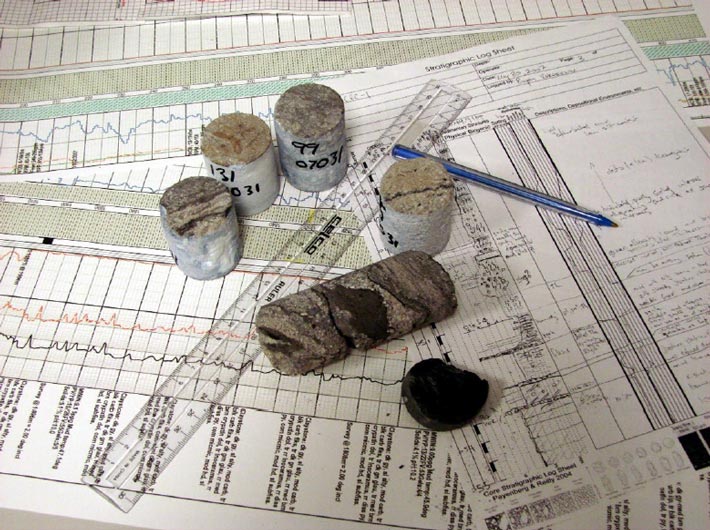
- This event has passed.
PESA CCS Knowledge Transfer Series: Instalment 11: Case Study: CO2CRC

PESA CCS Knowledge Transfer Series: Instalment 11: Case Study: CO2CRC
PESA is running the “CCS Knowledge Transfer Series” which aims to cover geological and geophysical aspects of CCS, focusing on the differences from oil and gas operations.
Kindly supported by:

This live webinar will take place at:
11am – Perth
12.30pm – Darwin, Adelaide
1pm – Brisbane, Canberra, Hobart, Melbourne, Sydney
Use the calendar link on this page to add this event in to your own calendar at the correct local time for your location.
Tickets are free for PESA members (please log in to see this), free for members of the AGA, SPE, AAPG (Asia-Pacific) and the EAGE (Asia-Pacific). Tickets for non-members are $10 per episode.
Please buy your tickets and immediately follow the link in the ticket e-mail (not the calendar invite or this webpage, which is just generic and not event specific) to set up your registration with the webinar software well in advance of the time of the talk. Once registered with the webinar software you will receive a reminder e-mail 1 hour beforehand.
CCS Knowledge Transfer Series: Instalment 11: Case Study: CO2CRC
Projects, Policy, Regulations: An Ever-Evolving Landscape
Abstract
Over the past 20–25 years, the landscape of CCS projects in Australia has undergone significant transformations. Initially, CCS projects were primarily onshore in eastern Australia, focusing on sequestering CO2 from power generation. By 2011, the focus had shifted dramatically. Despite regulatory advancements, the number of active projects decreased between 2011 and 2020. However, policy shifts such as the Federal government’s net-zero emissions target by 2050 and the introduction of the revised Safeguard Mechanism in 2023 spurred a resurgence in proposed CCS projects, particularly for LNG and hard-to-abate emission mitigation. Currently, with record numbers of planned projects, the need for regulatory reform is evident. The existing petroleum-based CCS regulatory framework poses inefficiencies, which are further complicated by interactions with Australia’s obligations under international agreements. This complexity emphasises the necessity for regulations tailored to contemporary CCS project realities to meet Australia’s emission reduction commitments.


